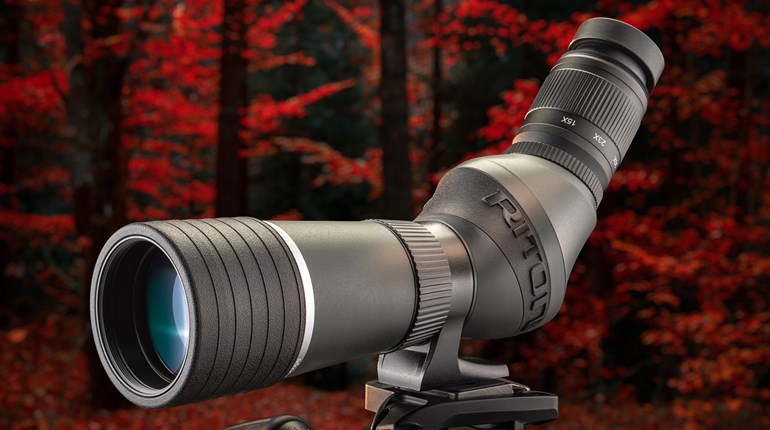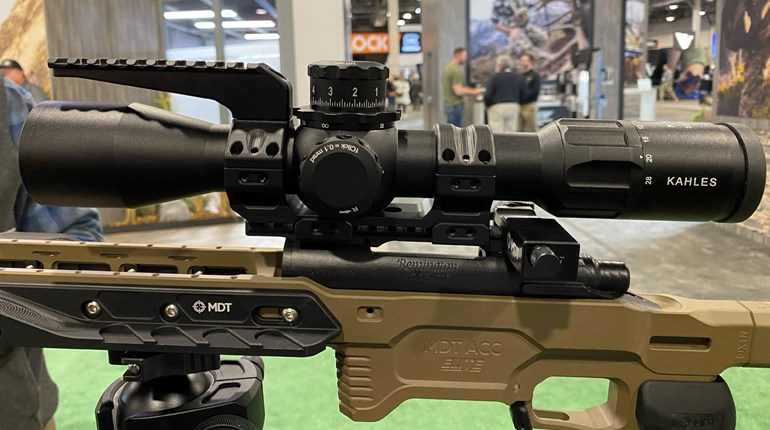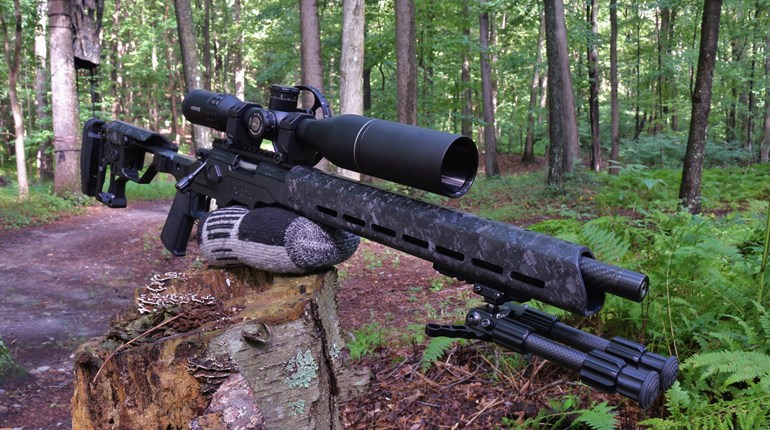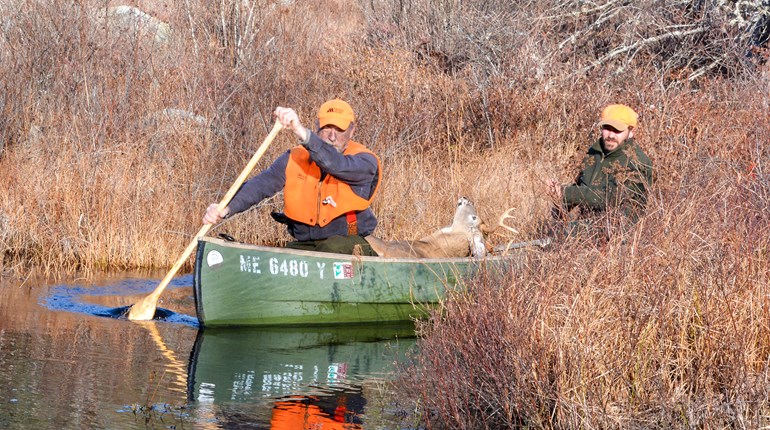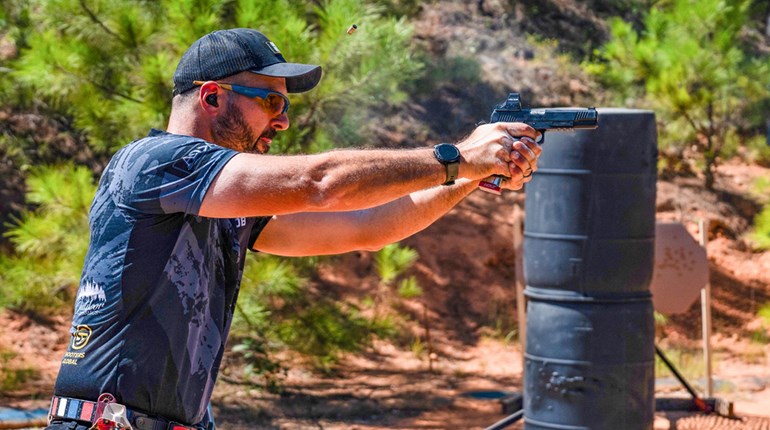
If you’re a hunter under age 40 you might find this hard to believe, but it’s true. It happened. I was there. So were your parents and grandparents and millions of other energetic hunters who didn’t realize they were living in a golden age. The heyday of upland birds. The era of the American upland hunter.
Strangers came to our small Dakota town when ash leaves were falling like golden confetti and farmers were spilling red truckloads of yellow corn into the tin-clad elevators along the railroad tracks. The visitors strode easily along Main Street, dressed in tan Duxbak jackets with big side pockets and secret pouches inside the back where they stuffed their pheasants. Some wore red-and-black plaid caps and some wore brown Jones caps with little brims curled up on the sides and back. There were faded canvas Redhead vests, too, with shiny brass shell heads in ranks of elastic loops that smelled like burnt gunpowder and melted wax.
The men bunked at the Old Bell Motel and ate at Hink’s Cafe and the bowling alley. They brought dogs, athletic, long-legged dogs of quality you could see. Some were thickly haired and red or golden, some short-haired and white, black and brown. The best-looking ones were white and patched or speckled black and brown with flowing tails and hair streaming from their legs like the wind was blowing. Their muzzles were square and their heads high and proud. They jumped in and out of grated boxes in the backs of ’56 Ford Ranch Wagons, ’57 Chevy Nomads and ’64 Dodge Power Wagons with gun racks.
The hunters who brought them were from Omaha and Detroit and Chicago. I knew about Chicago ’cause Grandpa ordered his Christmas candy from there and Chicago Cutlery was stamped on most of Dad’s butcher knives. The Chicagoans looked old like your uncles, some even your grandpa. They told us they built the Chevy they drove and probably half those parked on Main Street and we believed them. One bunch talked loud and funny and laughed a lot. They were from some place they called “takes us.” We figured they meant Texas, which we already knew about. Remember the Alamo and the Yellow Rose of Texas song and all.
After school if the wind wasn’t blowing you could hear the boom boom of their guns outside town and it made you wish you didn’t have to rake leaves and put up storm windows. It made you wish you were out there walking the cornfields and smartweed sloughs gone rust red and crackling from the October frosts, your heart catching in your throat when red-and-green-headed roosters thundered up suddenly at your feet, cackling and complaining, long tails swirling until your cousin’s gun popped loud and deep and the rooster crumpled in a burst of feathers and then you got to carry it, wings flopping.
And at the end of each day the visiting hunters all came to talk with Dad. They stamped the mud and dust from their crepe-soled, Irish Setter-red kangaroo boots and strode into his butcher shop with three long-tailed, bronze roosters each. And I would write their names and license numbers on little cardboard tags and twist them onto each bird’s leg before carrying them to the farm wives out back who plucked or skinned, according to orders, saving the feathers for Christmas wreaths and ornaments. By 10 o’clock I would be carrying the last of the white paper-wrapped packages, a spurred leg sticking out of each to prove it was a legal rooster, into the walk-in freezer where stacks of boxes already bristled with frozen pheasant feet.
“Why do they come here to hunt?” I asked Dad as, whistling happily as always, he walked us home.
“Probably because they don’t have pheasants where they’re from. Or at least not as many.”
I thought on that, imagining what Texas was like with its yellow roses, Detroit and Chicago with their knives and skyscrapers and Chevy manufacturing plants. And I allowed as how I’d stick with South Dakota and its red grain trucks and golden corn and ring-necked pheasants that shocked you with a thrilling, primitive joy when they erupted at your feet.
After school if the wind wasn’t blowing you could hear the boom boom of their guns outside town and it made you wish you didn’t have to rake leaves and put up storm windows.
That’s how it was in the Pheasant Capital of the World when Sandy Koufax pitched for the L.A. Dodgers and Elvis sang “Return to Sender” on the AM radio. Coke came in pale green bottles and cost a nickel and Dad complained when gas shot up to 30 cents a gallon. You could buy a Winchester Model 12 or Ithaca Model 37 pump at the hardware store for $100 and a kid with a paper route could afford a box of 20-gauge shells every week. And legally buy them. Field & Stream and Outdoor Life and Sports Afield came in the mail every month and even Life magazine ran stories on the cultural traditions of bird hunting. Pheasants in the north, quail in the south, ruffed grouse in the Northeast hardwoods. And out West cowboys and loggers quietly walked the sage and cutover ridges for sage grouse, blue grouse and “fool hens” even as erudite college professors followed shorthairs and English pointers through grasslands and deserts, flushing and shooting huge coveys of mountain, valley, Gambel’s and scaled quail.
Imagine what that would be like. Imagine grabbing your shotgun, walking out the door, whistling up your dog and stepping into a flurry of flushing birds. Imagine loading up the truck with guns, ammo, boots, coolers, dogs and your best buddy and driving nonstop 24 hours to Nebraska, Wyoming or Arizona. How liberating it would be to walk miles and miles of public land, free and legal, your dogs sweeping the far horizon, slamming on point. How electrifying to step into a flurry of sharptails, prairie chickens, sage grouse, chukars, Huns or quail. How fulfilling to double, left-to-right, bang bang, two big blue grouse thumping on a carpet of Ponderosa pine needles before your pointing Lab scoops them up and delivers them for plucking. How rich you feel as you lie by the campfire, slowly turning a bird above the coals, fat dripping and sputtering.
That can happen. The Old Bell Motel, Hink’s cafe and Dad’s butcher shop may be closed and our small Dakota farm town drying up. Gas may be $3 instead of 30 cents a gallon. And a new shotgun may cost closer to $1,000 than $100. But October frost still browns the smartweed and golden leaves still whirl to the ground. Farmers still haul truckloads of yellow corn and pheasants still wait to explode at your feet. You are the only missing ingredient.
From the dry plains of West Texas to the cool parklands of Saskatchewan, from the brushy mountain flanks of California up into the rainforests of Washington bird hunters can still find some species of game bird, sometimes several. Bobwhites may be gone across most of the southeast, pheasants the Midwest. We have plowed and sprayed and paved and groomed too much, 330 million of us demanding comfort and convenience at every turn. But if you can do with a little less, if you can contribute muscle and lung, you can still find quiet corners of America where birds hang on, even thrive.
Gambel’s quail, scaled quail, Mearns quail, valley quail and mountain quail cling to what habitats remain to them from New Mexico to Washington. The right levels of rain at the right times and they explode to quadruple their numbers in a single nesting season. Autumn is then like the good old days. In steep, dry canyons from Colorado to Washington little coveys of chukars run the rocky slopes. Gray partridge, Huns, huddle and peck on the gentler slopes and up along wheat field edges east into North Dakota. High in Northwest montane forests spruce grouse forage so undisturbed you can shoot them with a stick. In some places even the big blue grouse remain innocent enough of humans and shotguns that they are called fools hens. Sage grouse strut and play dumb in what remains of our once vast sagebrush steppe. Greater prairie chickens have built solid populations in a small band of native grasslands we haven’t yet managed to plow under in Nebraska, Kansas and South Dakota. Their close cousins, sharptails, share much of this, but expand northwest into Alaska, northeast to upper Michigan.
Most of our remaining upland bird habitats are smaller than ever and compromised by decades of plowing, burning, spraying and dissecting into ever tinier pieces. A subtle, insidious conversion of native vegetation and an explosion of invasive species from nest-robbing raccoons to quail-choking fescue hamper reproduction and recruitment.
Meanwhile an equally insidious change in human habitats removes us ever farther from the wild. Suburbs now spread lovely homes and manicured lawns where wild grasses and pheasants and weeds and bobwhites used to proliferate. Landowners post their properties against suspicious and unknown strangers. For the average hunter it is increasingly onerous to reach good bird coverts, to find a place to hunt free and easy. But they do exist. In South Dakota alone thousands of public wildlife acres are open to free access. Montana, Kansas, Idaho and most Plains states still rich with birds have similar lands. And there are millions of acres of BLM and Forest Service lands that you own. Open to hunting.
This may not be the golden age of upland bird hunting. But it could be your golden age. Autumn will again bring a dip in temperatures, a rush of color, a sense of urgency. Find the right place to see and feel this and you could stride fields while long-legged dogs sweep the horizon, tails locking suddenly high above the grass. You can walk in with shiny brass shells arrayed across your vest and a nicely balanced shotgun in your hands, step into a thunder of stubby wings as fat-breasted pheasants and grouse and quail and partridge rise yet again into blue skies where countless generations of birds and men have met. This is your era as an American upland hunter. Don’t miss it.















